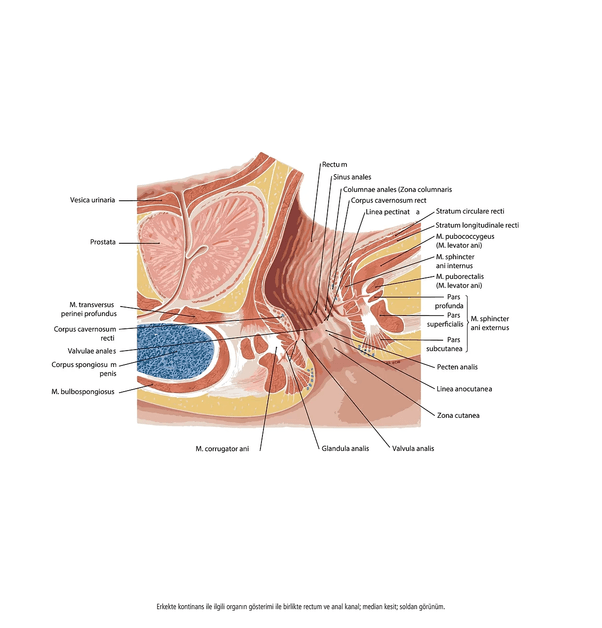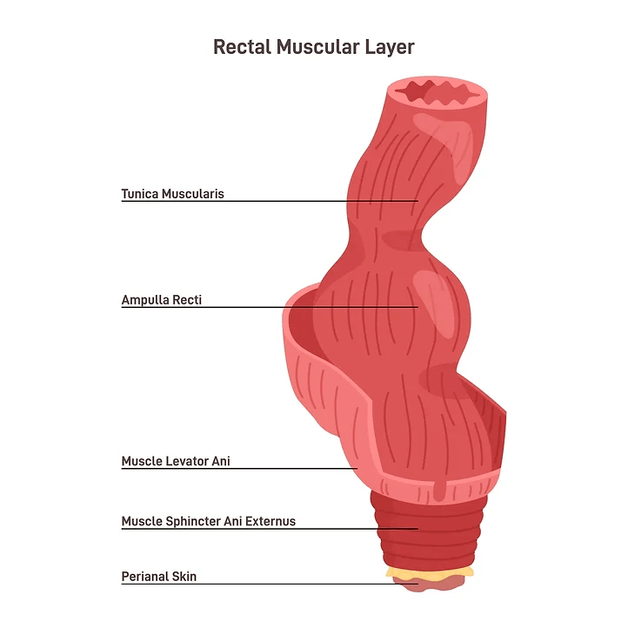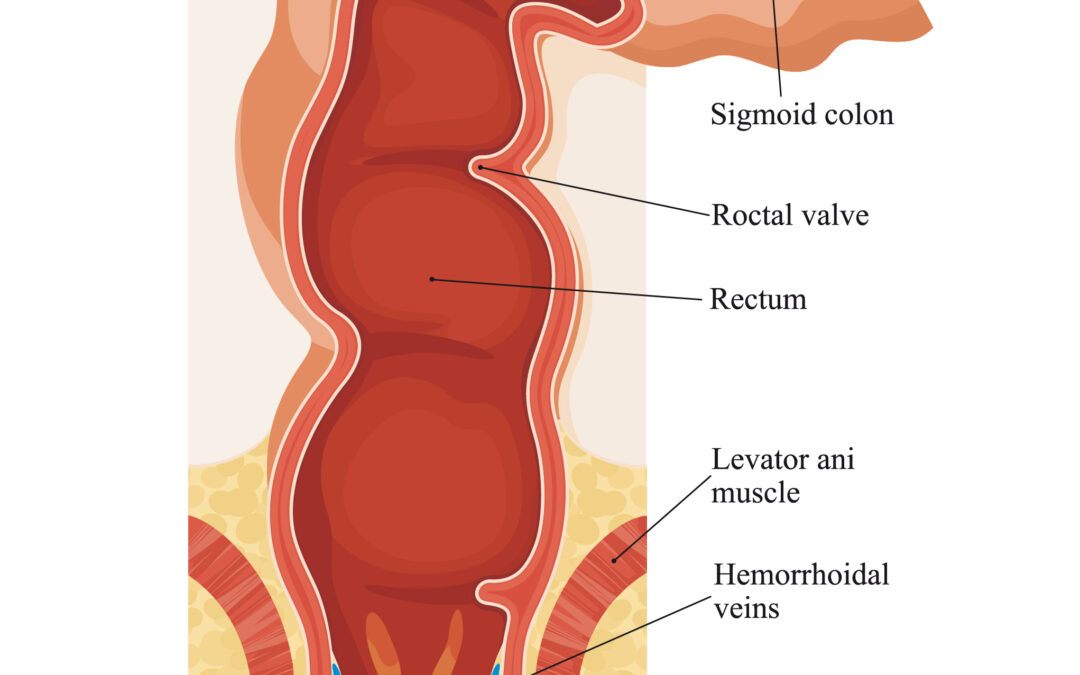A rise in anal sex among young adults and the rise in the incidence of faecal incontinence. A closer look at the external anal sphincter.
Let me start with the why. Why would I choose this as a subject to write about?
I teach pelvic health workshops; at the beginning of 2024, I ran a workshop, and one of the attendees, a school nurse, asked about anal sex and faecal incontinence. I always go away and research if asked something that has not come up in the past, and if the same question arises more than once, it is probably time to start a conversation. I know it is not always easy to have this kind of conversation, however if we shy away in ten years time how many women will have problems they are uncomfortable telling us about?
The research
A study of Croatian adults aged 18-25 years examined the prevalence of anal sex collected between 2005-2010. Lifetime prevalence increased from 27%-36%.
https://doi.org.10.1136/bmj.o1975 (published 11 August 2022)
Anal sex is becoming more common among heterosexual couples and moving from pornography to mainstream media. In the UK, the National Survey of Sexual Attitudes and Lifestyle shows participation in heterosexual anal intercourse among 16-24 year olds rose from 12.5% to 28.5% over the last few decades. It also shows that up to 25% of women with experience with anal sex report they have been pressured into it at least once.
You can read this entire article on Heterosexual Practices Among Young People in Britain: Evidence From Three National Surveys of Sexual Attitudes and Lifestyles. https://dx.doi.org/10.1016/j.jadohealth.2017.07.004
It makes it interesting to read about how ideas and practices have changed.
I googled “Is anal sex part of sex education in schools”. These were the headliners that came up on the first page.
Sex education in UK schools but not as we knew it!
Twelve-year-olds are being taught about anal sex in school…
The trouble with sex education.
SEX EDUCATION. TOO MUCH TOO YOUNG
Fact Check. Does school book on anal sex, masturbation
Parental alarm over graphic sex ed lessons triggers Govt
Sex education is now how-to in schools -parents, beware.
What is being taught in Relationships and Sex Education? This is a 51-page covenant if you would like further reading.
UK Government orders review of sex education teaching in
I am not a school teacher and would have no idea what would be appropriate to teach to school age children. pI do, however, believe that if children are being exposed to sex of any form, somebody needs to educate them and their parents about it. If children are on social media, watching TV and films, and talking to their peers, they are exposed to current trends.
One of the physical health risks of anal sex is the risk of injury from trauma to anal and rectal tissue, including damage to the anal sphincter. Remember earlier, I mentioned that 25% of women have been pressured into having anal sex. If it is not something you are comfortable with, you will not be relaxed, increasing the risk of injury. Did you know that there are increased rates of faecal incontinence in those practising anal sex, and this is higher in women? (Anal Intercourse and Faecal Incontinence: Evidence from the 2009-2010 National Health and Nutrition Examination Survey) If doctors are reluctant to discuss anal sex (Young Women and Anal Sex https://dx.doi.org/10.1136/bmj.01975) and if parents are unwilling to let kids be educated in school, who is going to tell them about the risks?
A bit of anatomy.
The anal canal is 2.5-4cm long, located in the anal triangle of the pelvic diaphragm, and contributes to faecal continence. The bend in the anal canal where the puborectalis muscle creates its sling around the canal is known as the anorectal ring. The anal canal is the piece between the rectum and anus or anal aperture.

Surrounding the canal and anus are the internal and external sphincters. Overlapping these structures are the puborectalis muscle and levator ani muscles. The external sphincter is under our voluntary control, and its tone changes to keep the orifice closed or open for us to defecate. At the level where the puborectalis overlaps the external anal sphincter, the pressure it could generate was 98% in men and 75% in women. So maximal anal squeeze is lower in women to start with. Failure of the anal canal muscles due to trauma, being stretched or injured, could result in faecal incontinence. Did you know that the external anal sphincter in women is shorter in women than in men? Severe atrophy occurs in incontinent patients. Muscles weaken if not used, and many people need to be educated about pelvic floor muscle training.

If we think of the basics of tissue creep (the capacity of fascia and tissue to lengthen when subjected to constant tension or load) and then its reduced resistance when you load it again, this will lead to progressive deformation over time and weaken the structure.
Key points
1) Education is essential. If you tell someone about a pleasurable experience, ensure the risks of injury and incontinence are openly discussed.
2) If someone is pressured into something, they will not be relaxed, which will increase the risk of injury.
3) Maximal anal canal squeeze pressure is where the puborectalis muscle overlaps the external anal sphincter.
4) External anal sphincter in women is weaker to start with. Women are not able to generate the same amount of squeeze pressure.
Can you squeeze around your back passage (create a wink) without tightening your bottom muscles?

